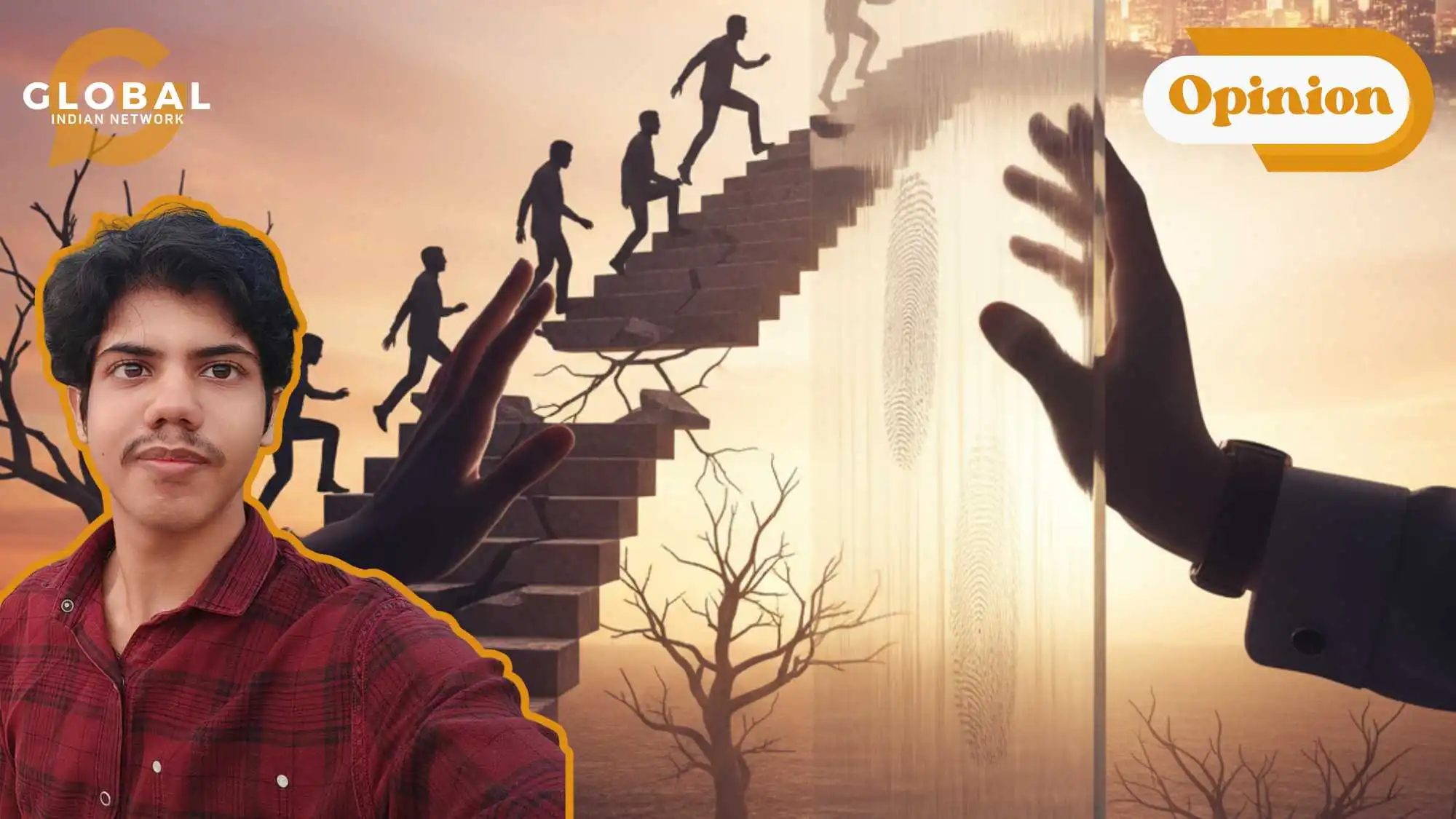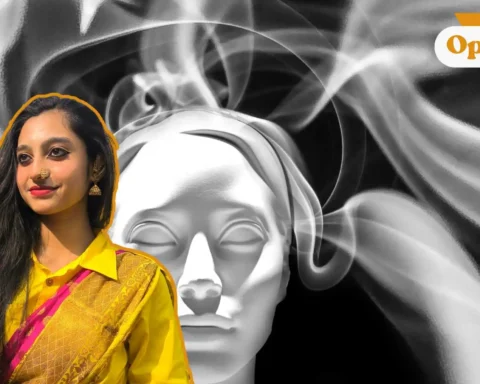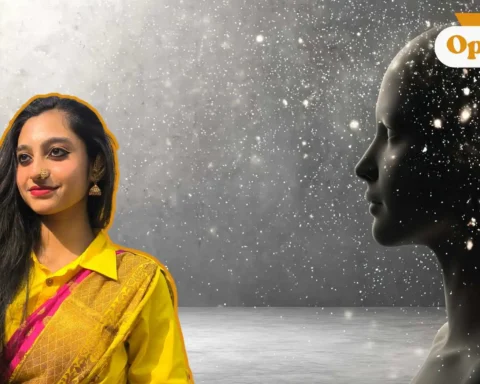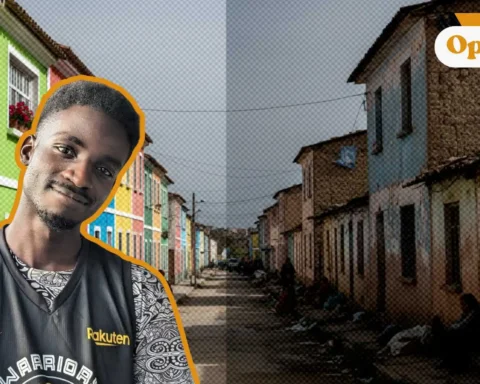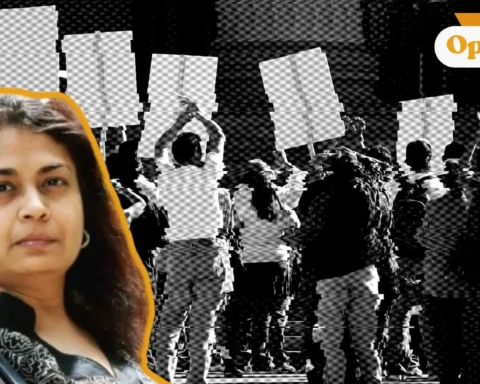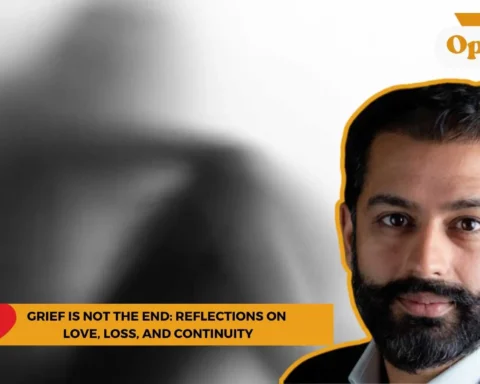India’s age-old social system of caste continues to cast a long shadow over the nation’s prospects for equal opportunity, even in this modern era. Despite constitutional guarantees and decades of affirmative action, caste discrimination in India remains a pervasive challenge that subtly but powerfully shapes life chances. While laws forbid this bias, the reality on the ground suggests caste is still the silent divider of access to education, employment, social mobility, and dignity.
The Enduring Legacy of Caste Discrimination in India
The practice of caste discrimination in India has very old origins, and it has been rooted in the social, religious, and economic activities of the country. The Constitution of Modern India was put in place in 1950 to make illegal any form of caste-based discrimination, and affirmative action steps were established to support the underprivileged groups of society, including the Scheduled Castes (SC), the Scheduled Tribes (ST), and Other Backward Classes (OBC). These legal safeguards have, however, not eliminated social stratification.
On the societal scale, caste continues to dictate with whom one is allowed to marry, where one is allowed to reside, and the kind of jobs that one should undertake. Though urbanization and modernization have taken their toll, research has proved that the segregation of caste is still present in the aspects of friends, workplace, and even state facilities. As an illustration, the representatives of inferior castes frequently have barriers to education and employment, and discrimination sometimes takes a nuanced form of marginalization, in some cases, even the brutal violence.
According to reports of the National Crime Records Bureau, there have been hundreds of thousands of atrocities against Dalits and other marginalized groups in the past decades. Most of these cases go unreported, particularly in rural regions. These facts highlight that caste discrimination in India has not disappeared, but instead it has transformed itself to suit emerging social settings, still contributing to inequality.

Manifestations in Opportunity and Inequality
The effect of caste discrimination in India on opportunity is complex. The distribution of educational attainment, employment opportunities, availability of public services, and involvement in political power structures is still unevenly held along the caste lines. To most people, caste is a gatekeeper that restricts people from rising in the hierarchy as well as perpetuates cycles of poverty.
Even the policies that are set by the government, aimed at combating caste bias, are challenged in their implementation. The economic difference indicates that Dalits and other backward castes continue to be overrepresented in the underprivileged groups in India. Caste-based biases are impacting the employment, promotions, and treatment at workstations, even though the law outlaws it.
Women representing oppressed castes experience associated discrimination, being exposed to the increased prevalence of domestic violence, and being excluded by society. The social stigma of some castes is not limited to India, as it spreads to the diaspora and the world.
Why Caste Discrimination in India Persists
The fact that caste discrimination still exists in India, even after being legally prohibited, and the modernization efforts are an indication that society is entrenched in its norms and power structures. Endogamy (marrying within one’s caste), social segregation, and inherited occupations are methods of presenting deep-rooted prejudices, which have historically solidified social strata.
Caste discrimination is another issue that is influenced by political dynamics in the modern world. Although other political groups are in support of affirmative action and social justice, some have been accused of fostering caste and religious differences to strengthen their power. Caste is an effective and sensitive social factor, as the recent debate over the caste census to reach out to more pertinent policy shows.
Moreover, not all people can openly identify or confess the existence of caste discrimination, so caste discrimination is an invisible but strong social separator. The result of this silence is frequently a lack of sound community discussion and effective corrective intervention.
The Way Forward: Addressing Caste Discrimination in India
Caste discrimination in India needs to be conquered on a multi-pronged front to ensure success. Increasing the law of justice to punish caste-based violence and bias is not enough. It is also important to change social attitudes via education and awareness exercises that will promote equality and inclusion among the caste.
Cycles of disadvantage can be broken through economic empowerment programs of marginalized castes through enhanced access to quality education and healthcare. The political will should be based on policies of inclusiveness that go beyond caste division to foster a united development.
The technical and social media also provide novel platforms where the caste identities are simultaneously challenged and disputed, which signifies the possibilities of altering the perceptions of younger generations.
Conclusion
Caste discrimination in India is a silent yet effective divider of opportunity in the modern arena of India. Caste is still organized, restricts access to resources, and inequalities are maintained despite the constitutional protection and positive efforts to eliminate it. This is a long-standing problem that requires society to be committed to equality, the enforcement of the law, and a shift in attitude. It is only at that point that India can hope to achieve the full potential of the democratic and pluralistic ideals.
The caste discrimination shadow in India is not disappearing soon; the call to action is necessary and cannot be compromised in any way, to demolish this silent divider and construct a truly inclusive society.

Let us know your thoughts. If you have burning thoughts or opinions to express, please feel free to reach out to us at larra@globalindiannetwork.com.




